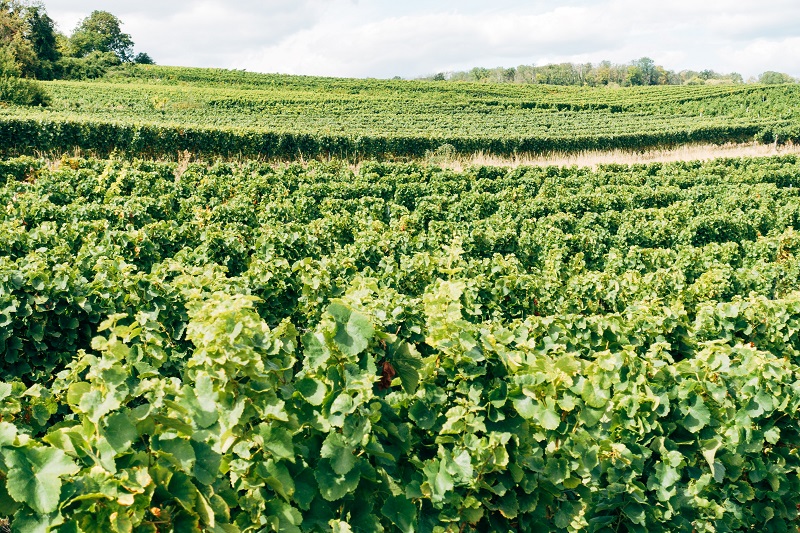Wine Grape Growers in Texas Under Pressure From Pierce’s Disease
Vineyard operators in Texas are reporting above-average diagnosis of Pierce’s Disease in parts of the state where the bacterial pathogen has historically been an issue. Advancements in resistant wine grape varieties and science-based control methods have helped vineyard operators manage the deadly disease, but unfortunately it is here to stay, says Jacy Lewis, Manager of the Texas A&M AgriLife Extension Service Viticulture and Fruit Lab in Fredericksburg.
“We’re seeing a dramatic increase in inquiries about Pierce’s Disease, symptom presentation in vineyards and diagnosis,” she says. “I think it’s fair to say a healthy majority of vineyards in high-pressure regions of the state have been impacted.”
Conditions Right for Pierce’s Disease
Pierce’s Disease impacts grapevines and can inflict large-scale damage to vineyards, resulting in significant economic losses to growers. The disease occurs when xylem-feeding insects like sharpshooters and spittlebugs act as vectors by feeding on diseased plant tissue and then transferring the bacterial pathogen to healthy plants nearby.
The rise in Pierce’s Disease cases comes after back-to-back seasons of below average transmission between grapevines in regions where the disease is persistent, Lewis adds. Over the past two seasons, significant cold snaps in the winter, followed by dry spring and summer conditions, likely held vector populations in check.
This growing season, however, followed a mild winter and started with good spring moisture conditions, which likely contributed to a rebound in populations of pests that vector Pierce’s disease. It is also speculated that there may be new strains of the bacterial pathogen with differential virulence, Lewis says.
RELATED CONTENT: Disease-Resistant Wine Grapes on the Grow in Florida
“Conditions kept vector numbers lower over the past two seasons, which helped reduce transmission rates in high-pressure regions of the state,” Lewis says. “But I would consider this a high-transmission, high-pressure year resulting from vector recovery with early season rain, followed by extreme heat and late-season drought in some areas.”
For more about how Texas wine grape growers are dealing with extra pressure from Pierce’s Disease, continue reading at agrilifetoday.tamu.edu.









